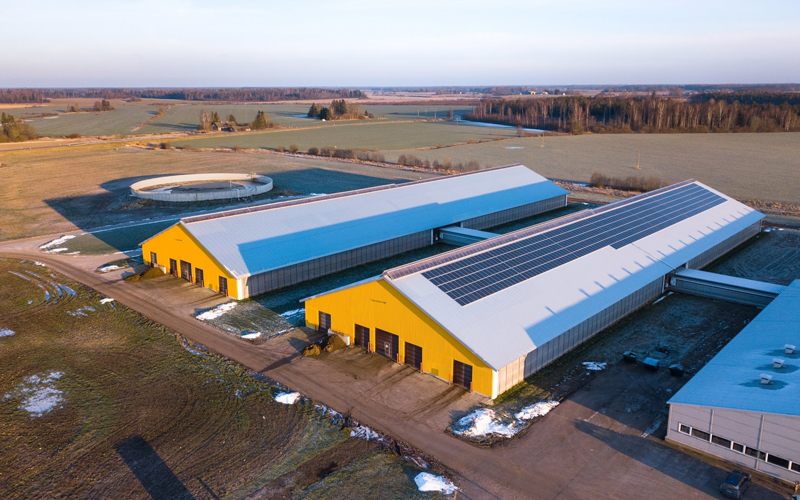The Estonian Parliament voted Wednesday on several amendments to Electricity Market Act, which will regulate incentives for renewable energies over the coming years.
According to Andres Meesak, CEO of the Estonian PV Association, the amendments will introduce substantial changes in the regulation of PV incentives, although they represent a rather weak compromise for the solar sector.
The first important change is the introduction of size limit within the current feed-in-premium (FIP) scheme, which grants a 12-year tariff of 53.7 €/MWh in addition to NordPoolSpot wholesale market hourly spot price. Prior to the new rules, the scheme was technology neutral and without capacity limits, so any renewable energy production unit was eligible, while the new provisions establish a size limit of 50 kW (AC). “The compromise for small installations below 50 kW was achieved after extensive lobbying from the sector,” Meesak said to pv magazine. “These new rules may favor solar, as there are no technologies other than PV in the limit which could be economically viable,” he also stated.
Another important development for commercial and industrial PV will be the introduction of technology-neutral auctions for renewable energy projects with a capacity between 50 kW and 1 MW, which will be held over the next three years. “These auctions will add power generation capacities for a total of 5 GWh per year, this means between 5 MW and 6 MW of new installed power, which is currently just 30-40% of full annual market addition,” Meesak also stressed.
Popular content
Furthermore, the amendments to the Electricity market act introduce new provisions for the direct line business models, a formula which is seeing growing interest in other European markets and enables a renewable energy producer to sell one power to a single consumer without utilizing public grid. “So far, the direct line was limited to very restricted territory the generator and consumer had to locate on same or neighboring landplots, now the limit is wider,” Meesak further explained.
According to Meesak, it is quite clear that the PV market in Estonia will be very much concentrated on small-sized installations and high levels of self-consumption. “The more electricity is consumed on site, voiding purchase from grid, the sooner is break-even point and higher project IRR”, he stated. “This defines Estonia clearly as roof-top PV market for some years to come. Especially, as energy efficiency minimum requirements tighten up, like in the whole of Europe”, Meesak added. According to him, in fact, on latitude and climate of Estonia it will be economically most effective to achieve near zero or net zero energy class of the building, which will be obligatory for new buildings starting from 2021, with a PV power generator. This means that from 2021 onwards only new buildings will contribute to add between 22 MW and 25 MW of PV capacity in Estonia per year.
Estonia’s cumulative PV capacity reached 20 MW at the end of 2017.
This content is protected by copyright and may not be reused. If you want to cooperate with us and would like to reuse some of our content, please contact: editors@pv-magazine.com.



1 comment
By submitting this form you agree to pv magazine using your data for the purposes of publishing your comment.
Your personal data will only be disclosed or otherwise transmitted to third parties for the purposes of spam filtering or if this is necessary for technical maintenance of the website. Any other transfer to third parties will not take place unless this is justified on the basis of applicable data protection regulations or if pv magazine is legally obliged to do so.
You may revoke this consent at any time with effect for the future, in which case your personal data will be deleted immediately. Otherwise, your data will be deleted if pv magazine has processed your request or the purpose of data storage is fulfilled.
Further information on data privacy can be found in our Data Protection Policy.